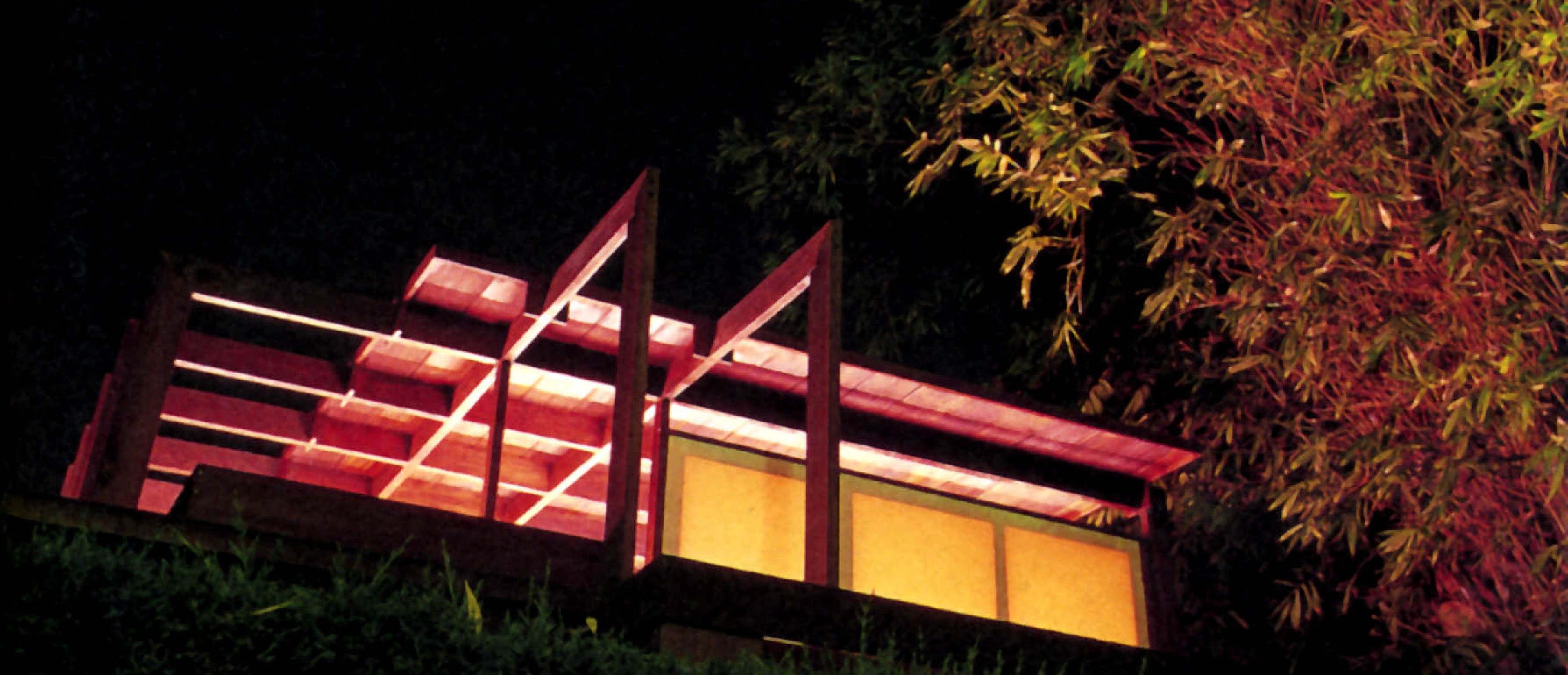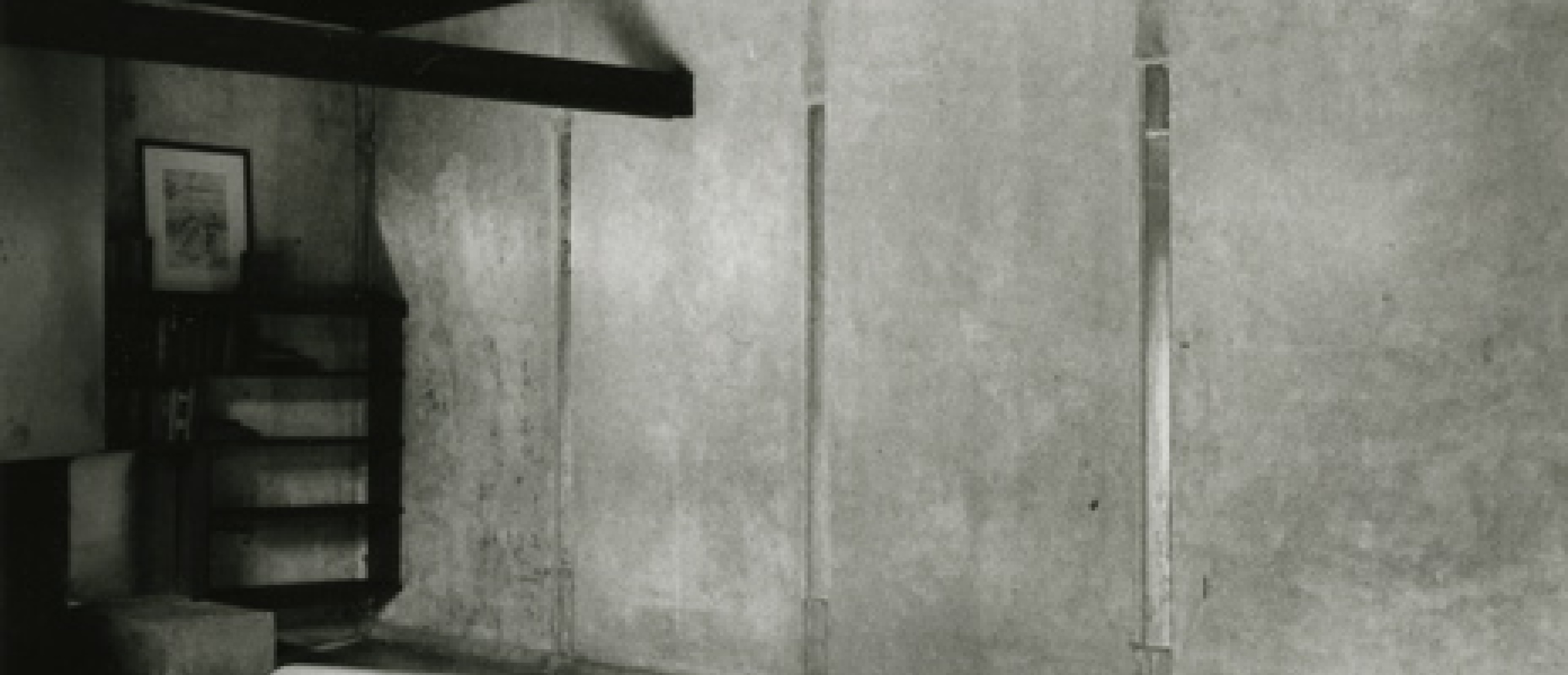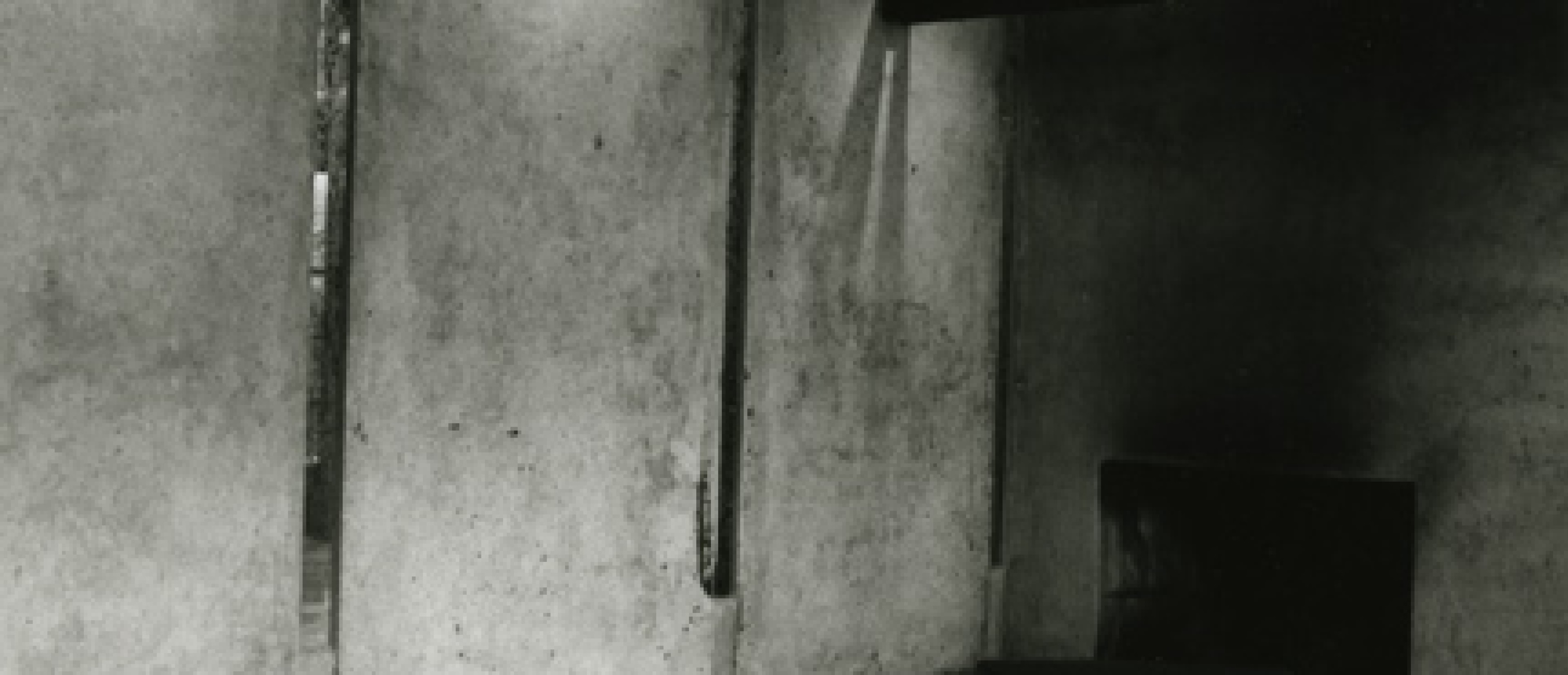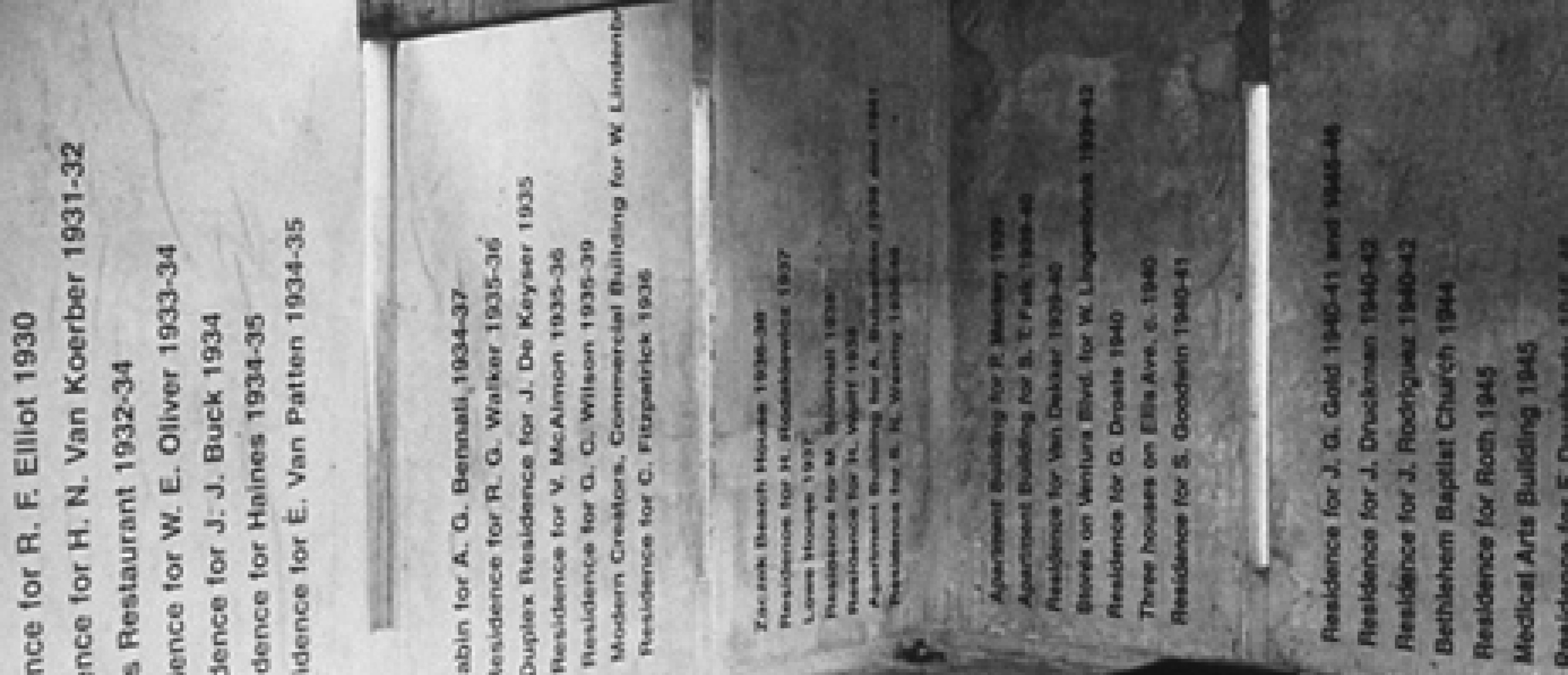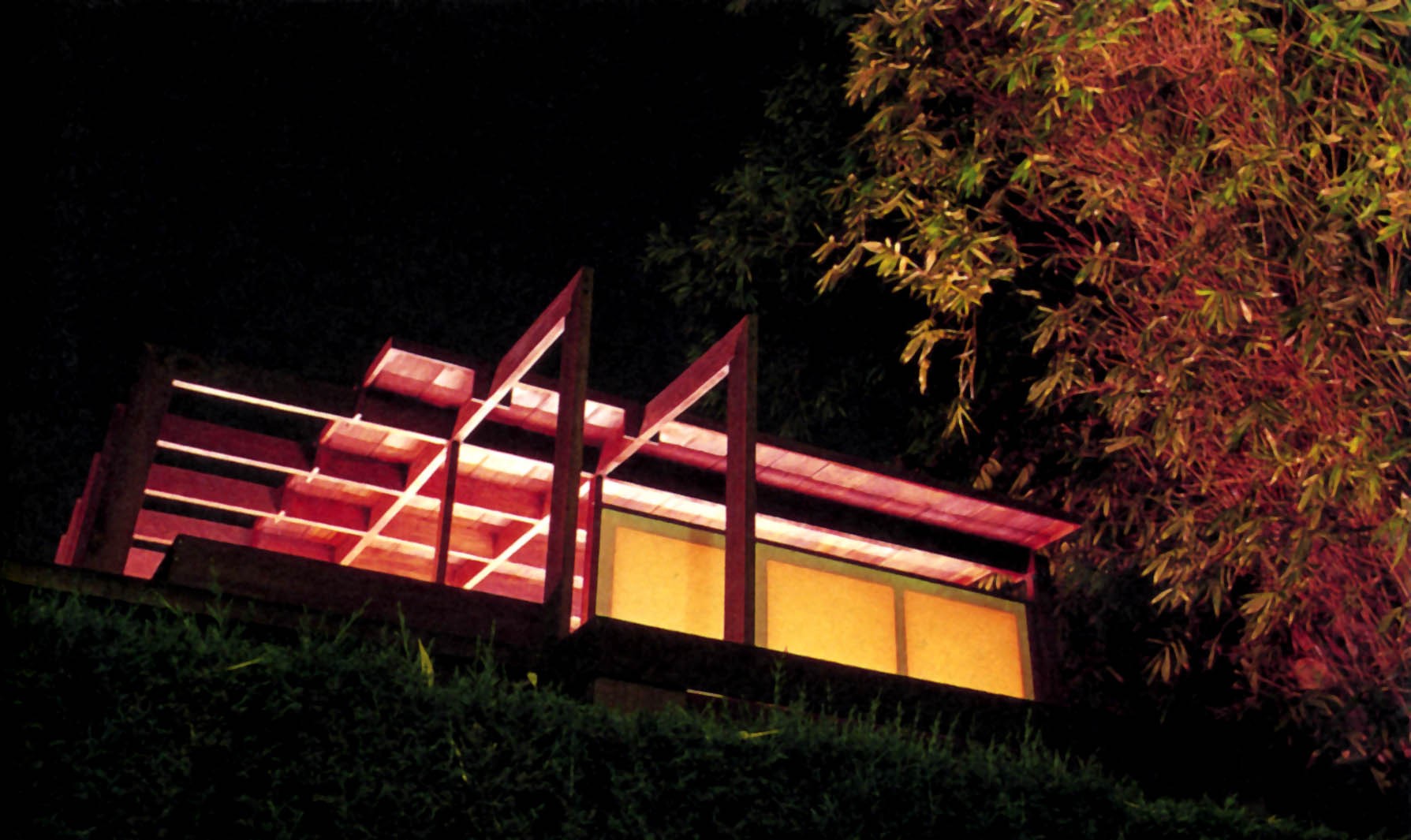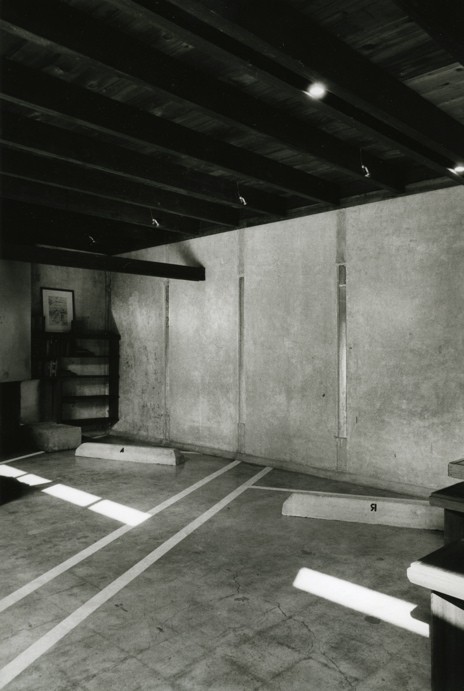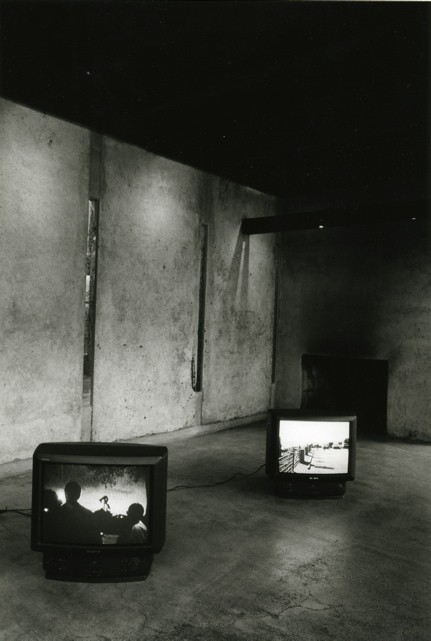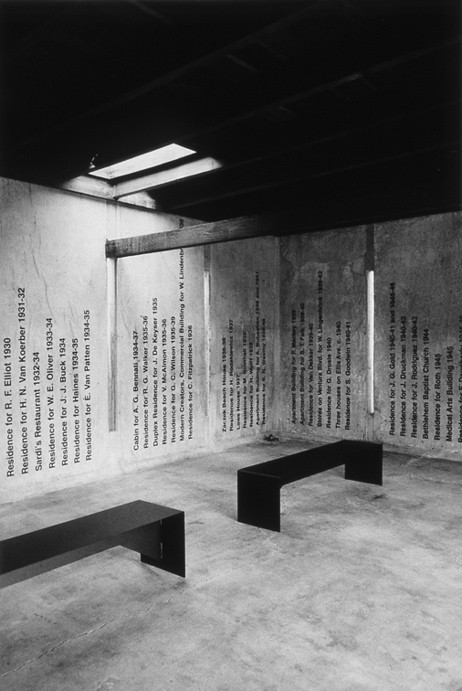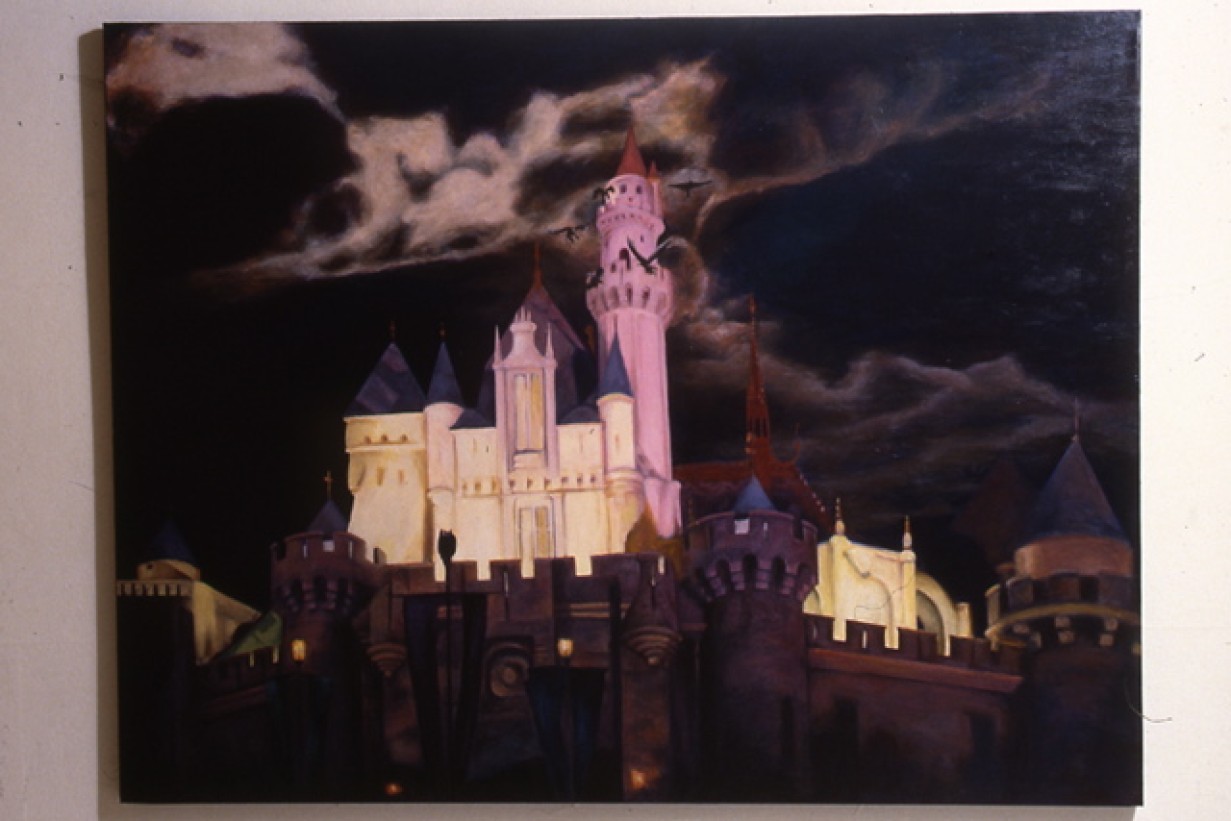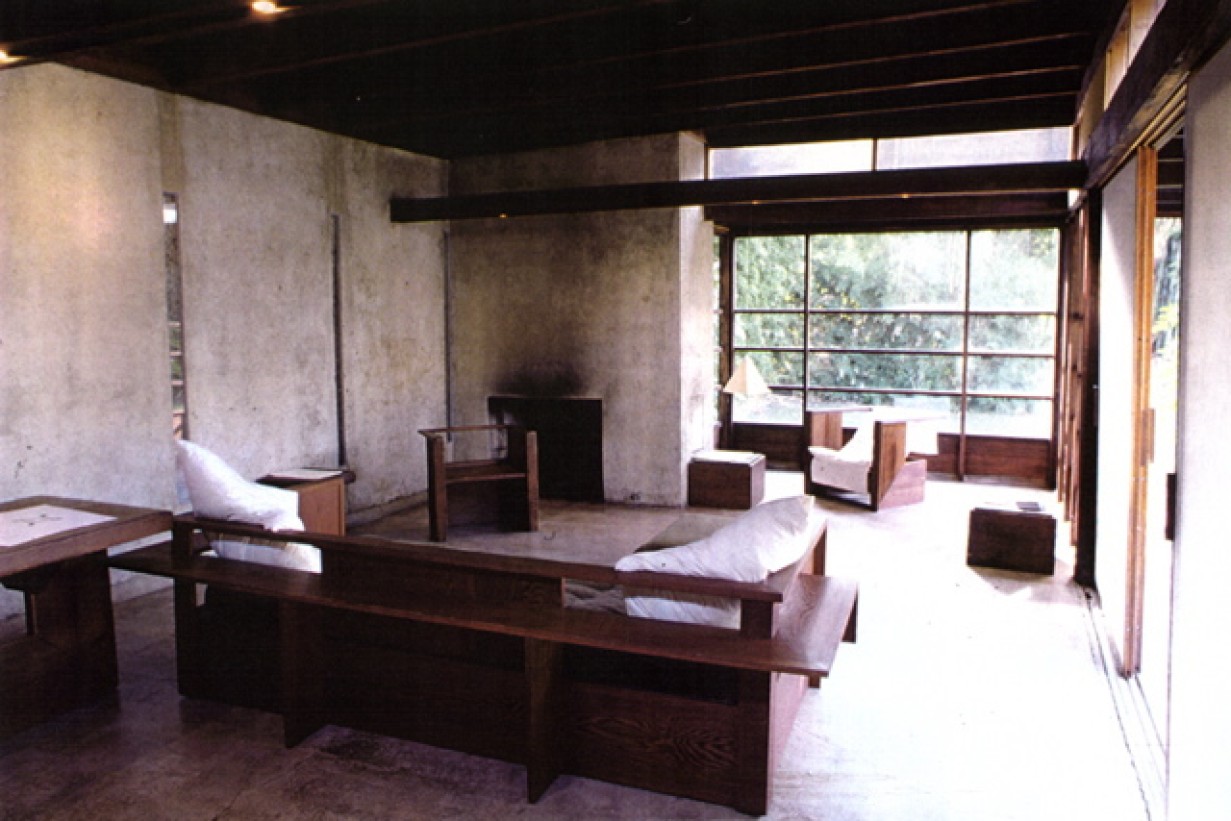Previous Image
18.3.1996—24.3.1996
MAK Center Los Angeles, Schindler House
A virtual "apartment" consisting of six separate "rooms" was installed in various locations throughout L.A.. The urban rooms were defined by individual sculptural elements that were distributed over an area of several hundred square meters, incorporating available infrastructure and public furnishings. The rooms were temporarily inhabitable and aimed to redefine our concept of living environments: the exterior spaces took over the function of the interior spaces and the borders between private / public and inside /outside were dissolved. The installation was conceived to not only functionally fill the unused gaps of the city but also to conceptually occupy them. Ads ( "L.A., CA City Apartment, 500 sq. mile + terrace. US $20,000") constituted part of the artists' public presentation of the project and could be found in American daily newspapers and magazines.
Vienna-based architect Kocevar created "Theater Spaces" by selecting sites in Los Angeles to transform into performance sites. She built these spaces, in cooperation with other artists and performers, as "three-dimensional instruments" for performance. Kocevar assigned these spaces, or "instruments," to the functions of an actual working theater so as to redefine the traditional spheres of actors and spectators.
Artist Flora Neuwirth's work involved "generic objects" (beings) which gained their specific significance from differing contexts. Known as "Artificial Living Beings," these objects moved through Los Angeles, responding to the city, its architecture, the spirit of its inhabitants, as well as to social and physical structures and subjective experiences. Neuwirth explored and documented reality and fiction, irony and ambiguity, and the aesthetics of consumerism. She also collaborated with Andrea Kocevar in a video documentation of her project.
Austrian artist Jochen Traar addressed individual mobility and transportation as a factor in the structure and form of Los Angeles. The automobile as a requirement for mobility, issues of public transportation, and the effects of electronic media (the information highway) on the city and its architecture were the focus of his project entitled "Parking Lot."
Vienna-based architect Kocevar created "Theater Spaces" by selecting sites in Los Angeles to transform into performance sites. She built these spaces, in cooperation with other artists and performers, as "three-dimensional instruments" for performance. Kocevar assigned these spaces, or "instruments," to the functions of an actual working theater so as to redefine the traditional spheres of actors and spectators.
Artist Flora Neuwirth's work involved "generic objects" (beings) which gained their specific significance from differing contexts. Known as "Artificial Living Beings," these objects moved through Los Angeles, responding to the city, its architecture, the spirit of its inhabitants, as well as to social and physical structures and subjective experiences. Neuwirth explored and documented reality and fiction, irony and ambiguity, and the aesthetics of consumerism. She also collaborated with Andrea Kocevar in a video documentation of her project.
Austrian artist Jochen Traar addressed individual mobility and transportation as a factor in the structure and form of Los Angeles. The automobile as a requirement for mobility, issues of public transportation, and the effects of electronic media (the information highway) on the city and its architecture were the focus of his project entitled "Parking Lot."
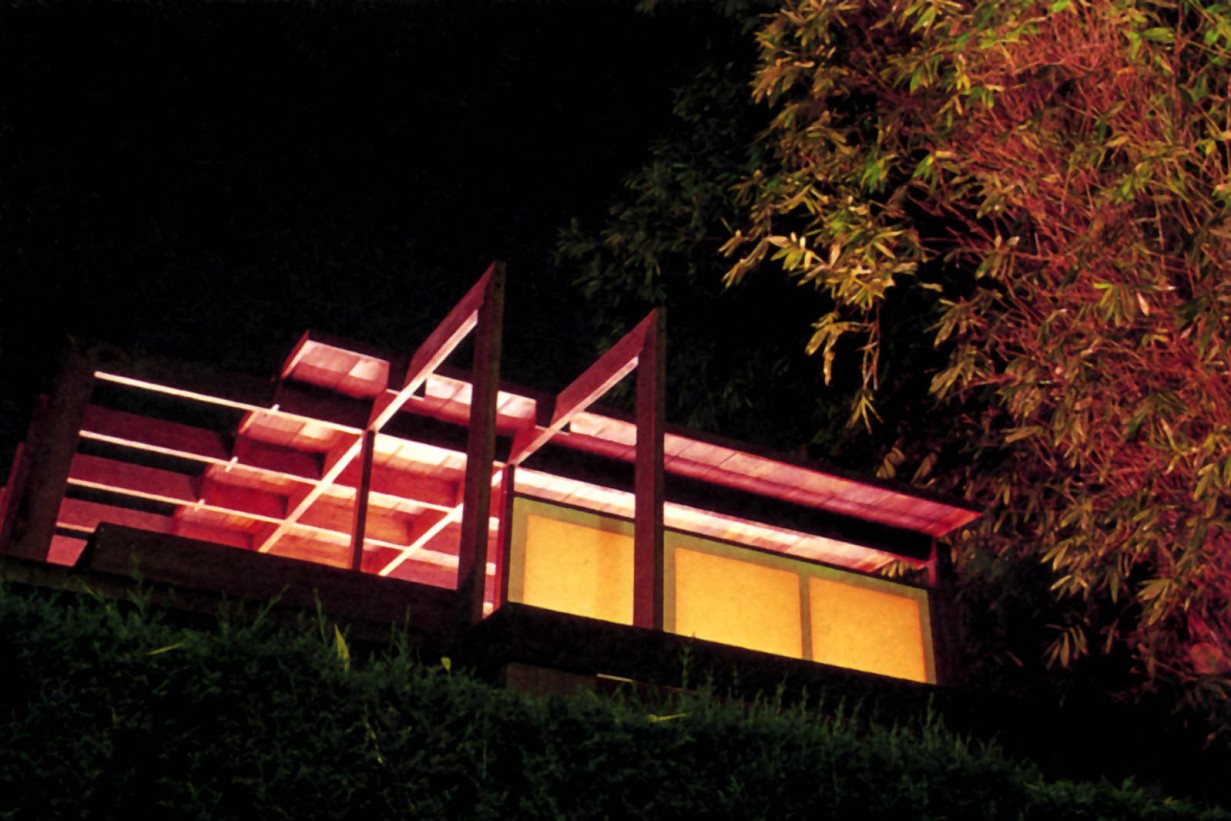
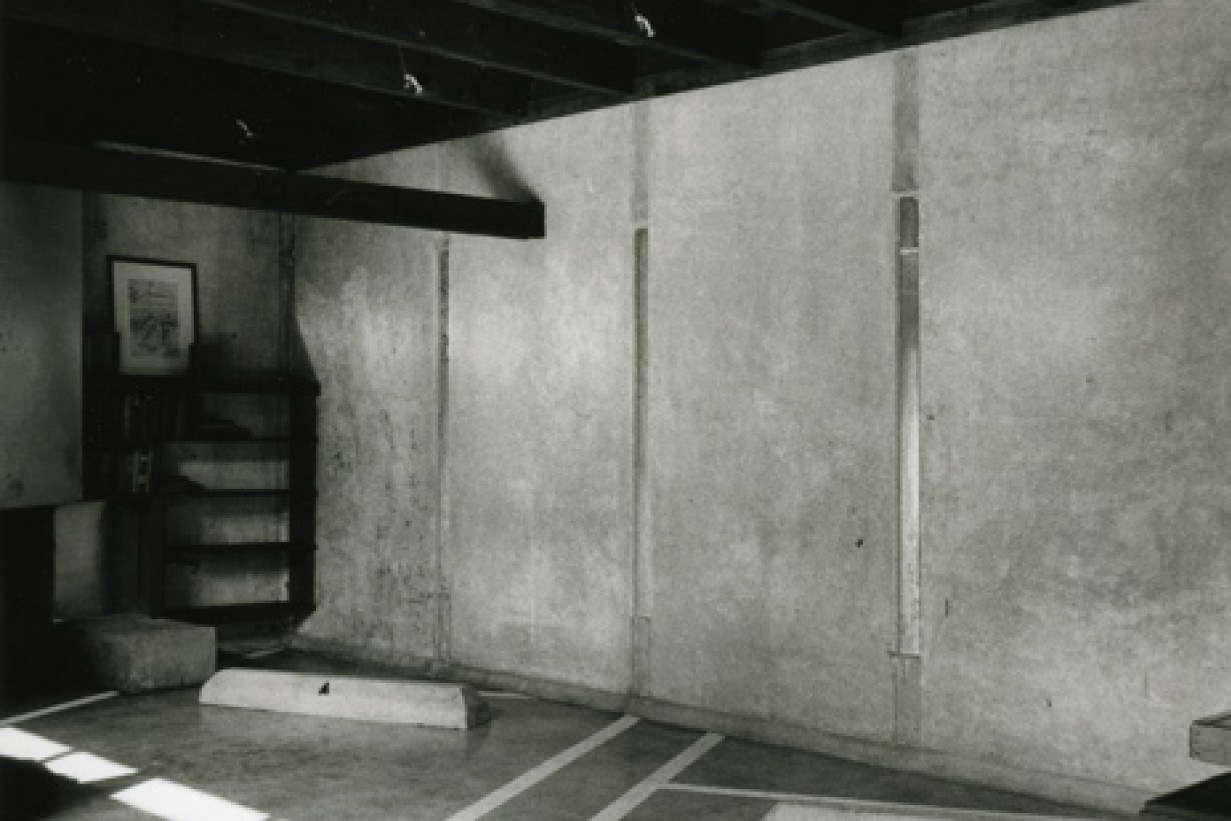
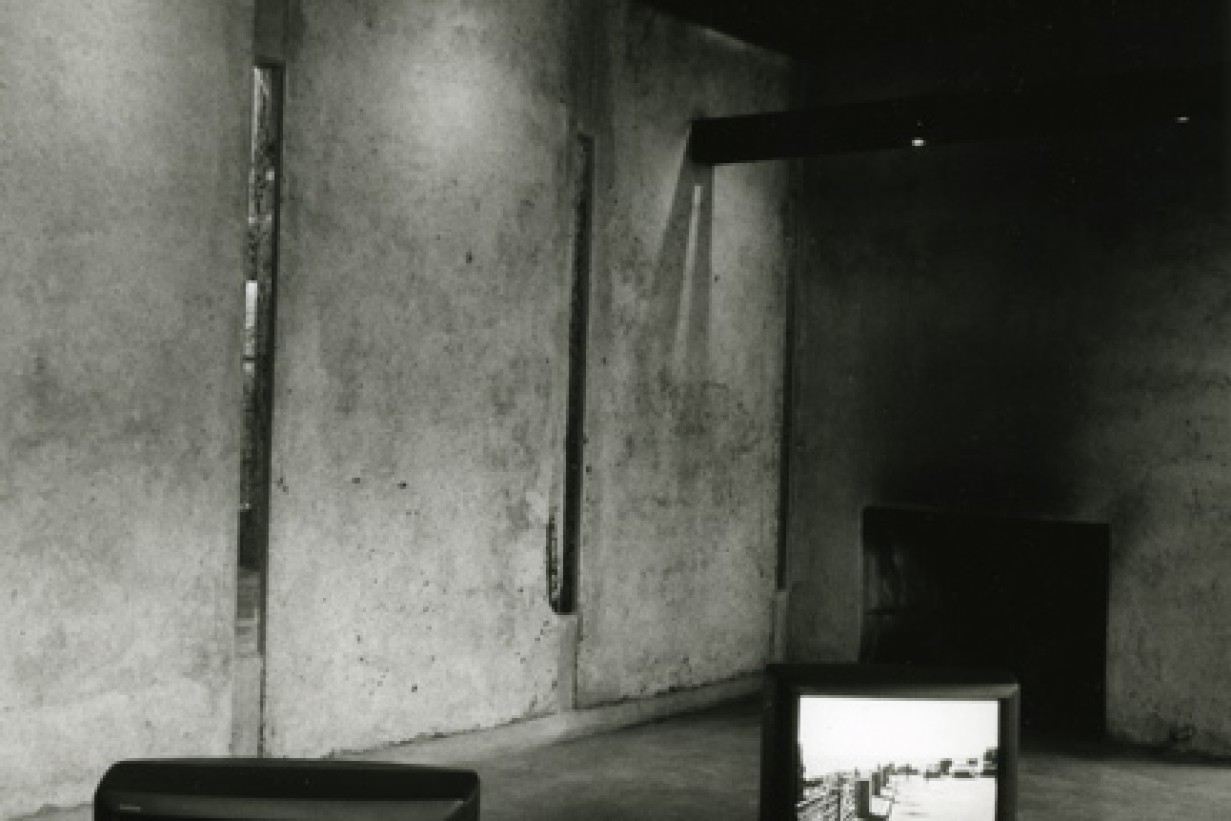
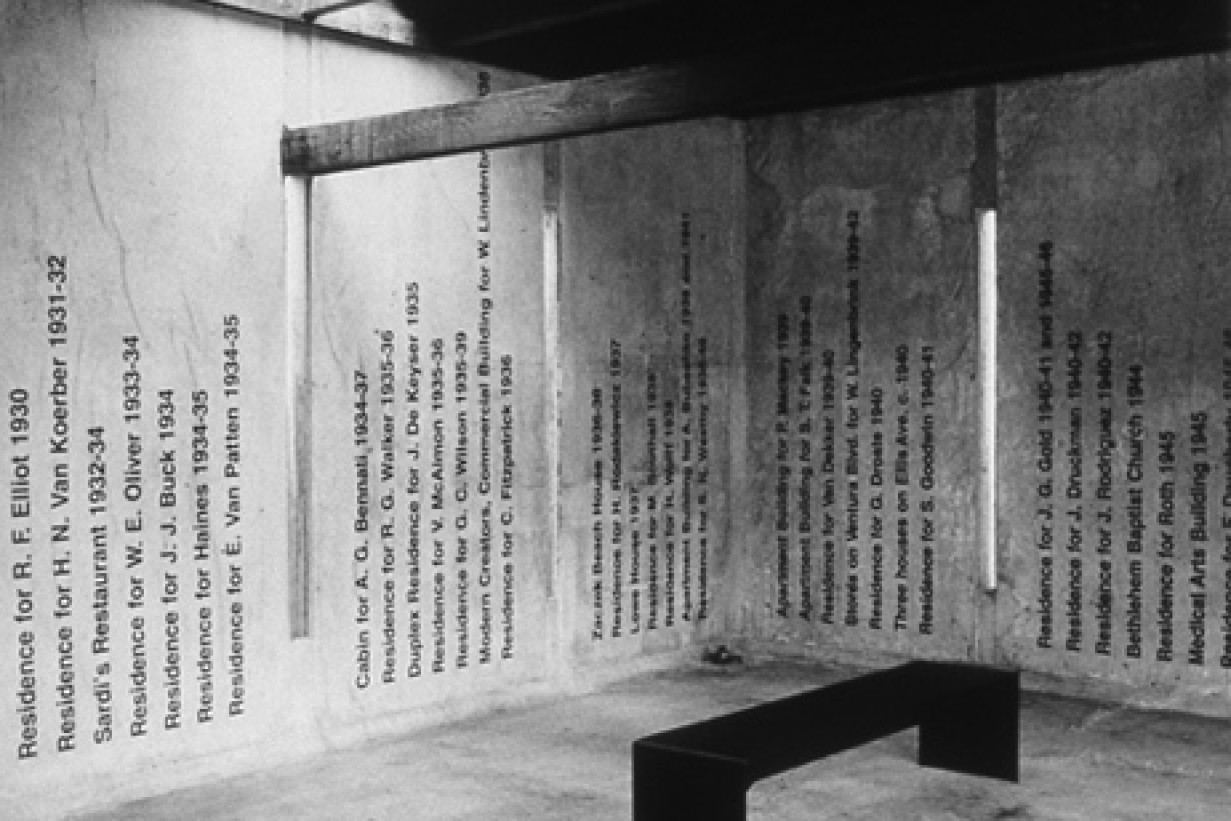
Previous Image
